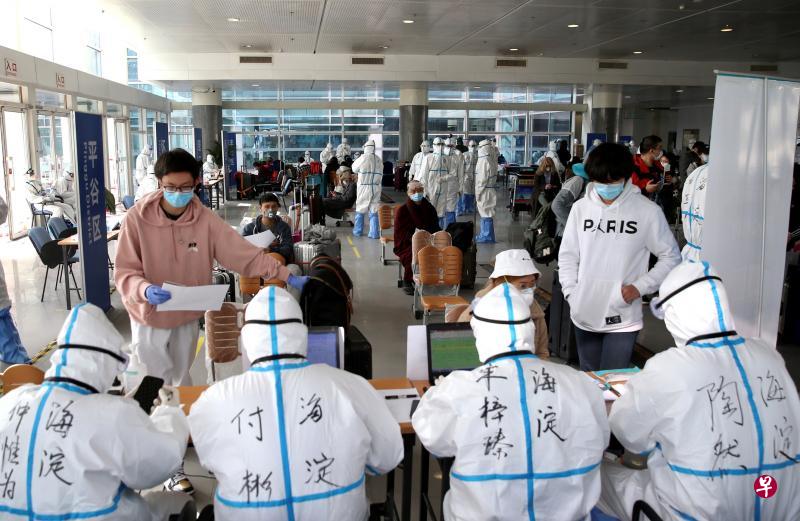
The fourth month since the outbreak of the Coronavirus, and much of the world still faces exponential increase in infections. Varying degrees of lock downs have been declared across Europe, Asia and Africa. In China however, the needle points in the opposite direction. Life is slowly returning to normal. For several days running, China has not had any new locally transmitted cases. It is an astonishing turnaround, given where the country was only a few weeks ago. Can applying lessons from China pull the world from the brink?
Throughout most of February, China was recording upwards of 3,000 new cases of Coronavirus a day. Today, Tong Tianyu, a resident of Wuhan, the epicentre of the outbreak, has only romance on his mind. Spring is coming, and Tianyu is planning to have pictures of him and his girlfriend, taken among the cherry blossoms in the gardens of her University. They had been separately quarantined, in different parts of the country.
For China at least, it is more than just a light at the end the tunnel, they are out of the tunnel altogether, but the country will surely take some time for the trauma of the last couple of months to heal.
Any cinema goer will be familiar with what China has just endured. It can seem like a story line from an especially terrifying science fiction horror film.
The most populous nation on earth, prepares to celebrate an ancient festival, the Chinese Lunar New Year. Traditionally, it is a time when families come together. Every Lunar New Year triggers the start of the largest human migration in the world, as hundreds of millions of people, of all ages, and backgrounds, crisscross not only their own country, but global frontiers, to be with loved ones. Billions of journeys are made by road, sea, air and rail.
The year 2019 would be no different, until it was. By December, in preparation for the new year, China was, as always around that time, at its most colourful, every door festooned with red lanterns, red parchments with good luck messages for the new year ahead. Businesses, especially those in the entertainment industry, readied themselves for their busiest, most profitable time of the year.
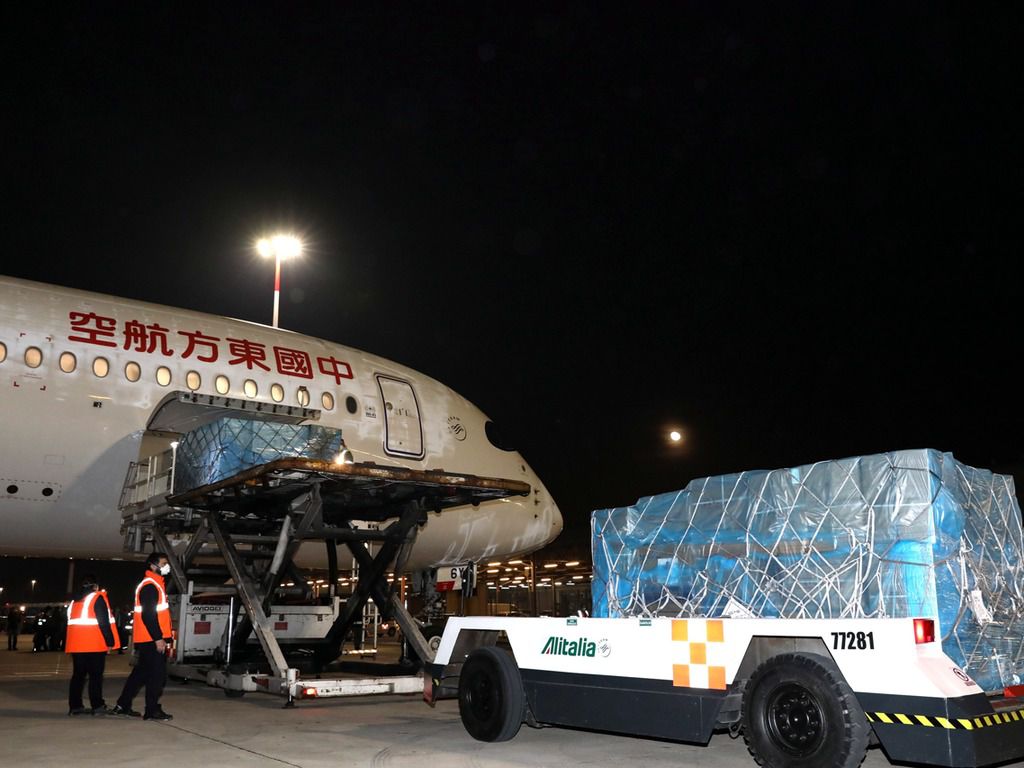
China’s medical assistance to Europe
Then, a worrying conversation on social media, between a group of young doctors, many of whom had studied together. Among them, apparently starting the conversation, is 33 year old ophthalmologist Dr Wenliang Li, who worked in Wuhan central Hospital.
Dr Li had noticed cases of what he described as SARS like symptoms among some of his patients, and warned his friends to “be careful” of infection. Severe Acute Respiratory Syndrome (SARS), was a form of coronavirus, which struck China in 2003, before spreading to other parts of Asia, killing about 800 people worldwide, before it was contained.
SARS held a particular horror for China, and local authorities reacted predictably to Dr Li’s social media postings, hauling him before them, to be warned not to “spread rumours” and disturbing the “social order.” “Wow, SARS is back?” one of his colleagues had commented, “scary.” Little did they know then, that they would be dealing with one of SARS’s even more contagious cousins. Dr Li would contract the virus from his patients, and despite desperate efforts to save him, would succumb to the disease and die on 7th February.
Much has been written and said, justifiably criticising Dr Li’s treatment, and although it is likely to be cold comfort to his family and friends, there was even much regret and soul searching within the system that came down upon him so heavily.
With hindsight it was a predictable tragedy, not only for the young doctor, but for his entire city, and arguably even his country. How much difference might it have made, if instead of forcing him to recant, the authorities in Wuhan had instigated an investigation into what he believed he had noticed.
And would the outcome have been any different, if he had gone through the hospital hierarchy, instead of, or before taking to social media to warn friends and colleagues. How much time was lost, what difference would it have made? How many lives saved?
These are valid questions, but they have also been allowed, or even used to overshadow the extraordinary story of China’s response, and what lessons the world can draw from it. That China has managed to arrive at a position where it can even hope to suggest that it might be free of Coronavirus, is remarkable, and the beleaguered world needs to note how the country got to where it is today.
China’s success now is all the more remarkable, when we consider that it was in effect the guinea pig for the rest of the world.
Three months after the outbreak, and Covid-19, or to give its more official name, SARS-COV-2 (Severe Acute Respiratory Syndrome Coronavirus-2) is still yet to be completely understood. Most of what we do know about it, including gene sequencing, has come from China, in what has been called an unprecedent sharing of data.
Suddenly struck by a deadly enemy of which it had little or no understanding, China had to respond entirely in the dark. But as soon it became clear that they, and potentially the world, faced a contagious virus, the immediate response was awe inspiring.
In the words of epidemiologist, and World Health Organisation (WHO) assistant director, Bruce Aylward, China wielded “old fashioned public health tools with a rigour and innovation of approach on a scale that we’ve never seen in history.”
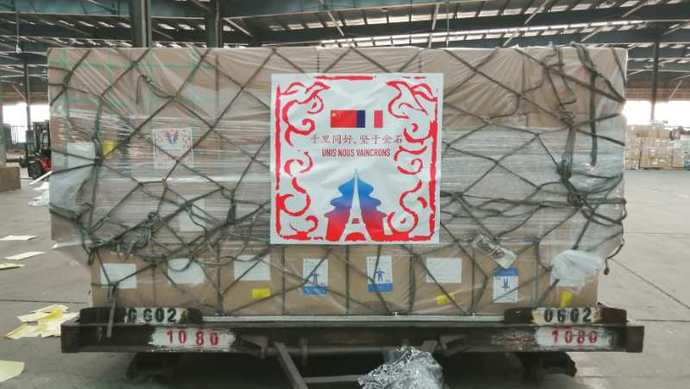
China’s medical assistance to Europe
Criticism that China could have reacted in December, deliberately or otherwise, ignores the fact that they had no idea what the new illness was. It had to be understood before they could respond to it, and scientific research takes time.
With no vaccine, or medicine against Covid-19, the only recourse was to contain the spread of the virus and reduce contagion as far as possible. An immediate lock down was placed on the province of Hubei, with the strictest measures in Wuhan, the epicentre of the virus. Testing, isolation of patients, tracing contacts of anyone found to be infected, social distancing for everyone else, in short everything that is now regarded as standard procedure, were instituted with unparalleled swiftness.
Wuhan is a megacity of over 10 million inhabitants. A transport, and manufacturing hub. Shutting it down, and the entire province, was like shutting down a major nation. By 22nd – 23rd January, tens of millions of people were effectively quarantined in their homes, schools and universities were closed down, as were all work places, and public events.
Contrary to much grumbling, yet to die away, that information was being withheld, China worked closely with WHO, and was at its most transparent. Up to date public health information was also widely disseminated locally, so that people knew what they were dealing with, and what to do. That everyone in China seemed to know exactly what they needed to do, in such a short space of time, would be one of the things that most impressed WHO missions to the country.
Research teams shared what they were learning with WHO. The Chinese Centre for Disease Control, sequenced the entire Covid-19 genome and published it, only a few days after the virus was identified. This was remarkably quick. To put it in perspective, genome sequencing for the 2014 Ebola outbreak, took two months.
From the outset, China went on a war footing, and took the fight to the then unknown virus. The impressive resources and capabilities of the entire Chinese nation were mobilised for a single purpose, defeating the new enemy.
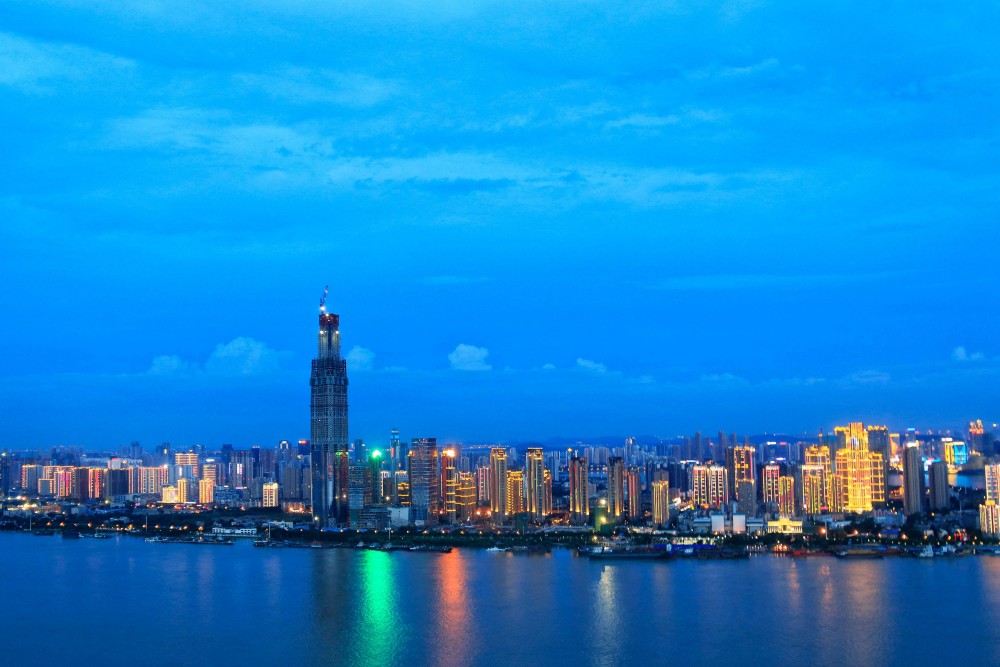
genuine Wuhan during non-lockdown time
Medical teams with tens of thousands of medical professionals, including inevitably, teams from the Chinese military, poured into Hubei province from other parts of the country. They joined exhausted local doctors, nurses and other hospital workers, for whom shifts of six hours without breaks, had become the norm.
Local hospitals too, were overwhelmed, as the infection spread. In response, two new hospitals, with a capacity of over 1,000 beds, were constructed in a staggering ten days, or so.
Nationwide efforts to get medical supplies to Hubei were coordinated. Manufacturing companies, big and small, either donated, or turned their businesses to making whatever was needed for the effort against the virus. Local authorities were quick to ensure supply of basic goods, to prevent any hoarding or speculative price hikes. The government encouraged people to undergo testing by announcing that the expensive tests would be free to all.
A huge package to mitigate the inevitable financial strain on people’s lives was rolled out with little farce or fanfare. There were subsidies to continue wage payments and a holiday on mortgage and credit card payments.
Shopping, including food shopping, moved completely online, with local authorities ensuring delivery of food packages to every household which needed them, and that those on prescription medicines had them delivered on time.
Technology was a major weapon in the early fight against the virus. Public health centres were able to check people for symptoms, without ever going anywhere near people’s homes. Instead, temperature checking stations were set up around the country and people could check and report any symptoms, using an application on their smart mobile telephones.
There has even been use of Artificial Intelligence (AI) to predict outbreaks, within a 90% accuracy. Robots were sent out to deliver meals, others cooked for the exhausted medical teams, and hospital workers.
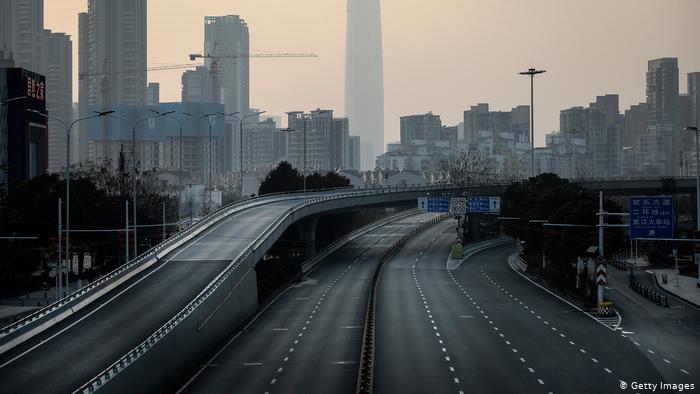
lockdown of Wuhan City
The founder of Alibaba, Jack Ma is now spending millions of dollars donating testing kits around the world. But his largesse begun in his own country, alongside other Information and Communications Technology (ICT) giants. The companies put powerful computers at the service of scientists, for gene sequencing, research and development for new drugs, and prediction algorithms to genetic testing agencies, and epidemic prevention centres around the world. They set up a 5G remote video diagnostic centre, so that medical personnel could conduct remote online consultations.
China alerted WHO about what it then understood only as pneumonia cases, in the city of Wuhan, Hubei Province, on 31st December. Some countries around the world came to China’s aid, as it became clear that the country had an epidemic on its hands. But there was also politicisation of the disaster, as the media especially, concentrated on the anger felt by the people in the affected areas, the authorities’ failure to meet people’s needs, and how this might damage the political standing of the Chinese President Xi Jinping.
China was often criticised for rigorous, uncompromising deployment of the methods that are now accepted as standard across the world, if Covid-19 is to be defeated. While WHO declared that China had set the standard on how to fight the epidemic, many in the media, Human Rights organisations, and even some countries, seemed unable to resist the opportunity for China bashing.
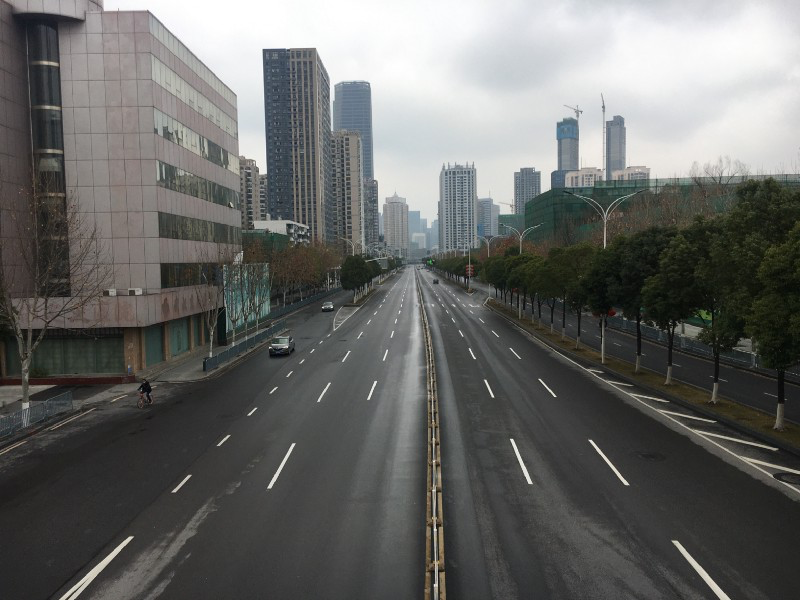
lockdown of Wuhan City
Usually quick to robustly defend itself, China showed extraordinary restraint. The laser like focus on defeating Covid-19 was maintained, to the exclusion of all else. Protecting the Chinese people was the priority, but China also unequivocally accepted their responsibility to the world community.
As well as doing all they could contain the virus within first, Hubei Province, and then within China’s frontiers, they shared with WHO, all the scientific information they were gathering about the virus.
In as much as China has questions to answer about its initial response to speculation about a new virus, the world has even harder questions to answer. What might have happened, if instead of the kneejerk reaction criticising China, lessons had been learned, and preparations made, for what, despite China’s efforts, would be the inevitable spread of the virus.
Europe is now regarded as the epicentre of the virus. Italy and Spain have surpassed China in registered cases, and have more dead. In Italy, medical professionals are having to face the impossible, agonising dilemma that their Chinese peers know all too well: whom to treat first, when resources are being overwhelmed.
Should it have come to this for the world outside China, especially the industrialised nations, which can boast almost the same resources and capabilities as China?
For the Chinese, an unknown virus came out of the blue, and at the worst possible moment to be contained. The rest of the world had several weeks’ advance notice, precious time, which seems to have been wasted, squandered on absurd commentary and analysis of what China ought and ought not to have been doing.
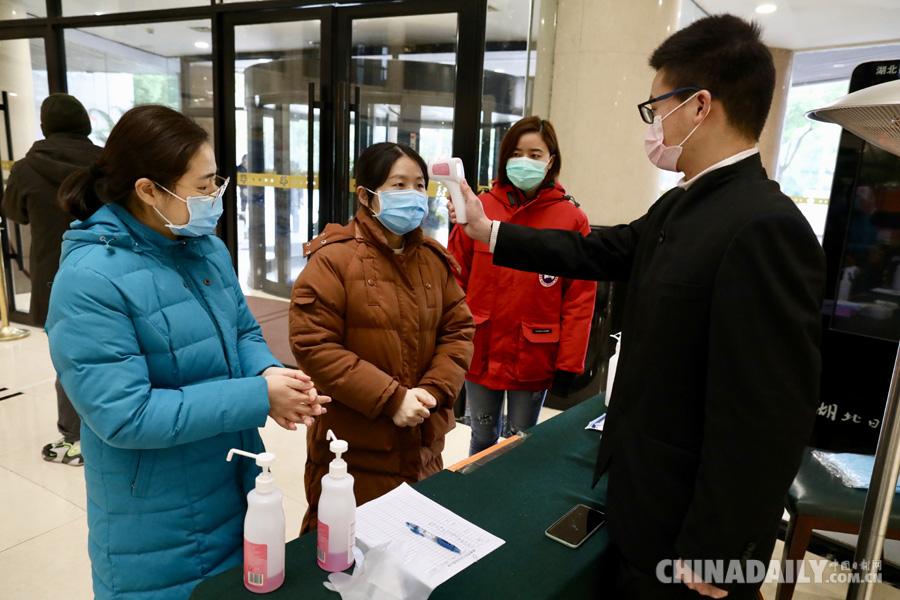
taking temperature everywhere in China
And the world was presented with a clear example of what needed to be done to contain the virus. Tragically, although China’s lessons are being learned, for many, it is too little too late. Things look set to get worse before they get better.
The impact of Covid-19 on China, as on the rest of the world is yet to be properly calculated, but it is clear that it will be deeply felt for some time to come. But the Chinese will be able to say, that when the nation was in peril, they did not count the economic cost. They threw everything they had at the virus, in a people first, all else later strategy.
In contrast, the powerful, industrialised nations of the West, have temporised, debated, what the necessary measures might mean for the economy. All this has cost precious time, when speed in trying to contain the virus, is of essence.
China is only now beginning to look at the impact on the economy. It is going to be as devasting for them, as it is already becoming for the rest of the world.
“In the face of a previously unknown virus, China has rolled out perhaps the most ambitious, agile and aggressive disease containment effort in history,” declared the WHO-China mission. How much worse would it have been, if they had not taken the approach they did take?
With a population of over a billion, an impressive transport infrastructure which includes bullet trains that travel at hundreds of kilometres an hour, to move them, the virus would have had the run not only of China, but the rest of the world, unimpeded, to even more disastrous, tragic consequences than we are now witnessing.
Now that they are beginning to see the light at the end of a long tunnel. China is putting its experience, and in many cases its resources at the disposal of the rest of the world. While efforts continue at home, there are Chinese teams on almost every continent. Despite President Trump’s somewhat bizarre insistence on calling Covid-19, “the Chinese virus” American medical researchers and scientists have in fact been working with their Chinese counterparts, since January.
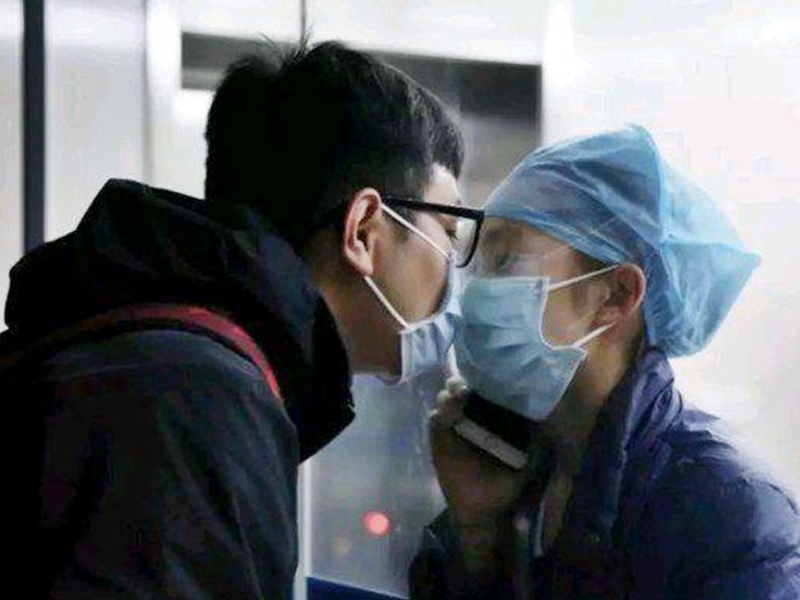
A couple kissing across glass door in Wuhan
When not silent about China’s reaching out to the world community, individual Western media outlets are already calling China’s support “cynical propaganda” even as their own countries receive help in equipment, personnel, and the all important cooperation between scientific medical researchers.
“The first thing in response” says Dr Alyward, “is there has to be a shift in mindset. Around the world, people are thinking, how do we manage this and live with this disaster, instead of, this virus is coming…we are going to find it within the first week, we are going to find every case, we are going to go after every contact…the rest of the world could access the expertise of China. They’ve done this at scale, they know what they are doing and they really, really, good at it, and they are really keen to help.”
China has learnt much about Covid-19, and the attitude of the Chinese leadership, is let us come together as a world community to defeat the virus. There is every reason for the world to urgently accept the offer with both hands.

